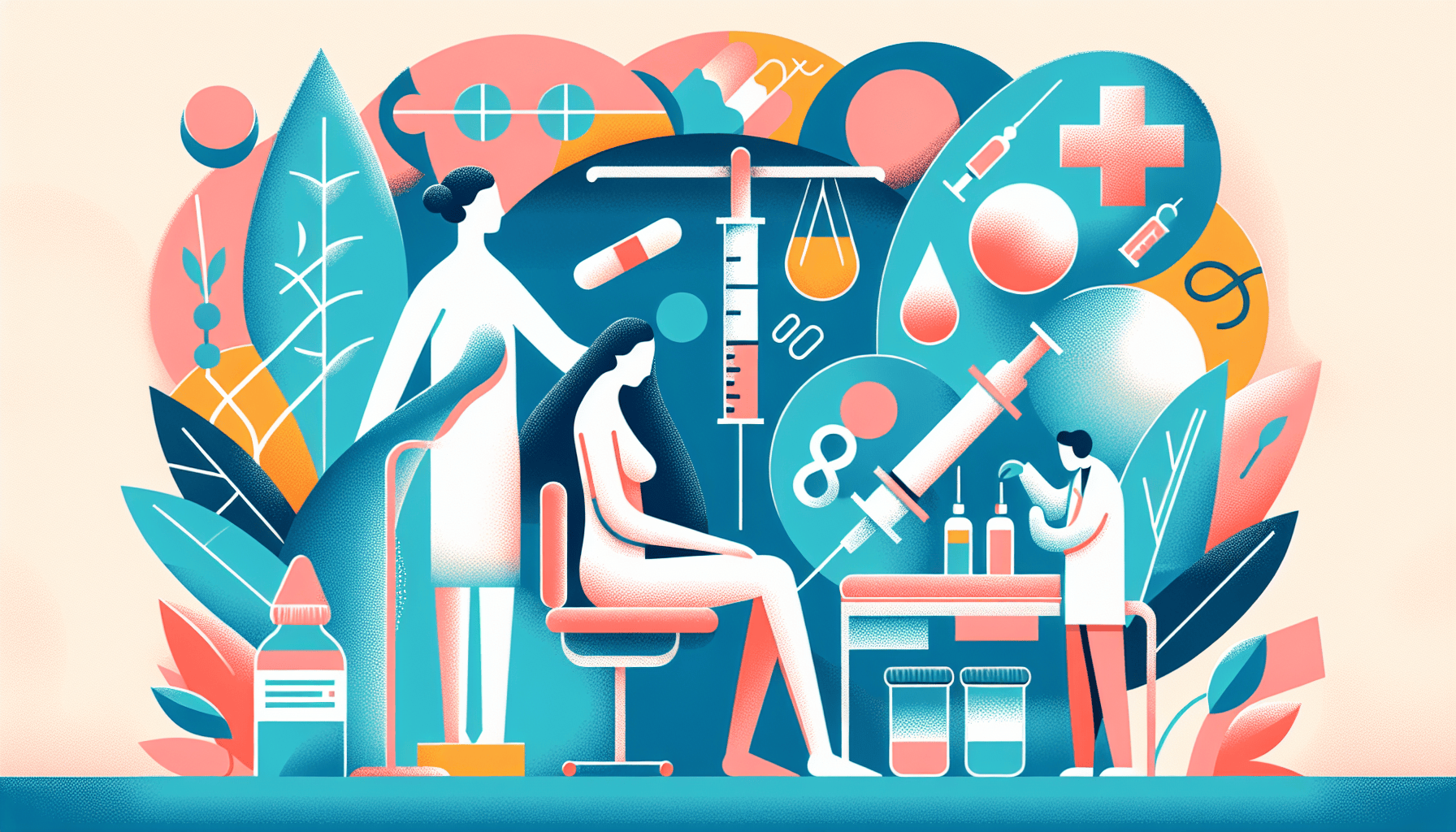Can I Take Zepbound a Day Early?
Key TakeawaysZepbound is a once-weekly injectable medication for weight management and obstructive sleep apnea (OSA) linked to obesity.Taking Zepbound a day early is [...]
Read MoreHirsutism is a condition that affects women and people assigned female at birth (AFAB), causing excessive hair growth in areas where hair typically grows in men. This hair is often dark and coarse, unlike the light, fine peach fuzz that covers most of the body. Approximately 5%-10% of women in the United States have hirsutism.
Hirsutism is primarily caused by high levels of male hormones (androgens) in the body. While it's normal for women's bodies to produce androgens, excessive amounts can lead to hirsutism and other symptoms like acne, a deep voice, and small breasts. In some cases, even with normal androgen levels, hair follicles may be overly sensitive to male hormones, resulting in hirsutism.
Some common causes of high androgen levels include:
Polycystic ovary syndrome (PCOS)
Cushing's syndrome
Tumors in the adrenal glands or ovaries
Certain medications
High insulin levels
Congenital adrenal hyperplasia
Menopause
With hirsutism, extra hair growth can occur on various parts of the body, including:
Face
Chest
Lower stomach
Inner thighs
Back

In some cases, hirsutism may be accompanied by virilization, a process in which women or people AFAB develop male traits due to high hormone levels. Signs of virilization include a deep voice, balding, acne, increased muscle mass, smaller breasts, and an enlarged clitoris.
To diagnose hirsutism, your doctor will examine your hair growth and check for other signs like acne. They may also perform tests to rule out other conditions, such as:
Blood tests to check hormone levels
Ultrasound to examine the ovaries and uterus
X-ray or CT scan to assess the adrenal glands
MRI of the brain
Once diagnosed, your doctor may use the Ferriman-Gallwey scale to determine the severity of your condition by evaluating hair growth in nine areas of the body.
There are several ways to manage and remove unwanted hair caused by hirsutism, including:
Weight loss
Shaving
Tweezing or threading
Waxing
Depilatory creams
Electrolysis
Laser hair removal
Medication (birth control pills, anti-androgens, eflornithine, low-dose steroids, GnRH agonists, insulin-lowering drugs)
It's important to note that while these treatments can help manage hirsutism, they may not completely eliminate the condition. Continuous treatment is often necessary to maintain the desired results.
Hirsutism can cause emotional distress and negatively impact self-image. Some people with the condition may experience symptoms of depression or anxiety. If you are struggling with the emotional impact of hirsutism, it's essential to seek support from loved ones, mental health professionals, or support groups.
While not all cases of hirsutism can be prevented, there are some steps you can take to lower your risk, especially if you have PCOS:
Eat a healthy, low-calorie diet
Maintain a healthy weight
Exercise regularly
Discuss medication adjustments with your doctor if you take drugs that can cause hirsutism
Hirsutism is a condition that causes excessive hair growth, primarily affecting women and people AFAB. While the symptoms can be distressing, various treatment options are available to help manage unwanted hair. If you suspect you have hirsutism, consult your doctor for an accurate diagnosis and to discuss the best treatment plan for your individual needs.
Key TakeawaysZepbound is a once-weekly injectable medication for weight management and obstructive sleep apnea (OSA) linked to obesity.Taking Zepbound a day early is [...]
Read MoreKey TakeawaysZepbound is an FDA-approved medication for chronic weight management in adults with obesity or overweight, and for moderate to severe obstructive sleep apnea [...]
Read MoreKey TakeawaysZepbound is a once-weekly injectable medication that supports weight loss by activating hormone pathways regulating appetite and digestion.After the first dose, [...]
Read More